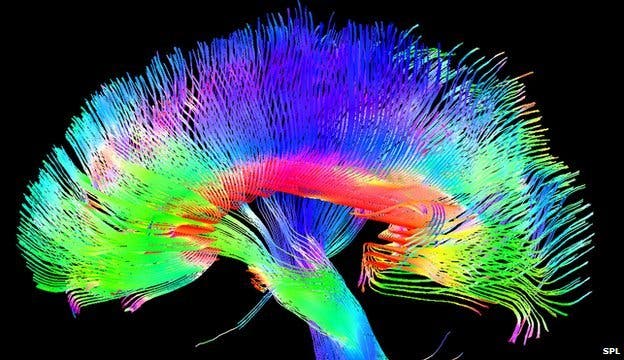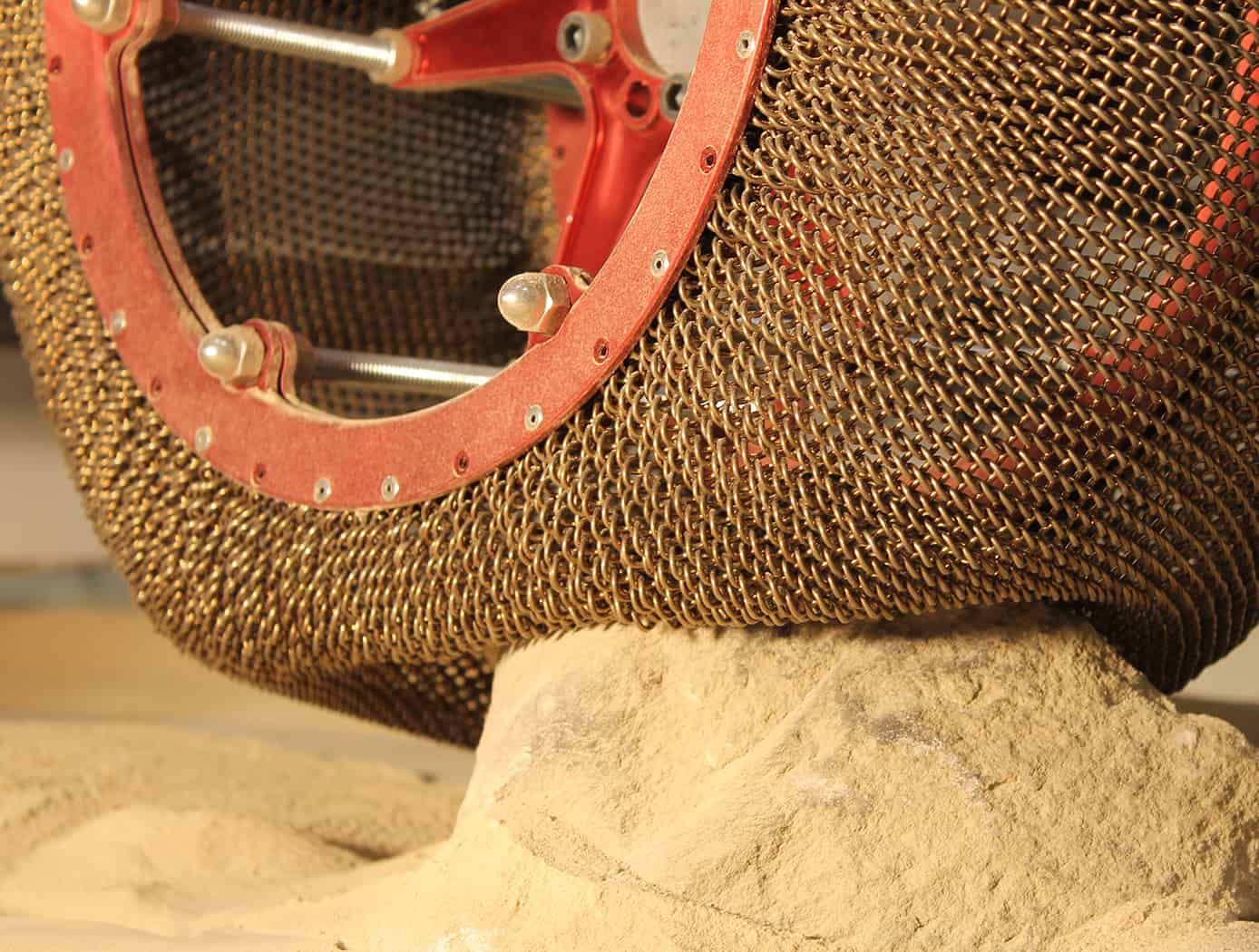A common brain myth is that creative people, like artists, use their right part of the brain more, while the left part of the brain is more active in rational people. This has been debunked many times, and a few searchers on Google will satisfy your curiosity, if you think otherwise. It’s true, however, that artists and creative people, in general, have structural different brains than those less creative. Does this mean that talent is more important than practice and environment to become a successful artist? The truth may lie somewhere in the middle.
An artist’s brain
Rebecca Chamberlain from KU Leuven, Belgium led a recent study which compared the brains of 21 art students with 23 non-artists by using a brain scan method called voxel-based morphometry. The findings showed that the artists had more grey matter in an area of the brain called the precuneus in the parietal lobe, a region of the brain involved in control for fine motor performance and what neuroscietists call procedural memory.
“This region is involved in a range of functions but potentially in things that could be linked to creativity, like visual imagery – being able to manipulate visual images in your brain, combine them and deconstruct them,” Dr Chamberlain said.
Grey matter is a type of neural tissue which is found in the brain and spinal cord. It is named after its distinctive brownish-gray color, in contrast with white matter, another type of neural tissue which appears white because it is coated in myelin sheathes. The two don’t differ by colour alone – gray matter is largely composed of nerve cells, while white matter is responsible for communication between grey matter regions. Many people associate gray matter with intelligence and intellect, because it is a major component in the brain, leading to slang terms like “use those gray cells.”
It’s not entirely certain what enhanced grey matter concentration in a particular brain region means, but previous findings suggest that these individuals have better processing in those area.
Is this talent or practice? Hard to tell
Another author of the paper, Chris McManus from University College London, said it was difficult to distinguish what aspect of artistic talent was innate or learnt.
“We would need to do further studies where we look at teenagers and see how they develop in their drawing as they grow older – but I think [this study] has given us a handle on how we could begin to look at this.”
Concerning the left and right brain myths, the present study offers its on proof that this idea is all wrong since increased grey and white matter were found in the art group in both left and right structures of the brain.
Results were published in the journal NeuroImage.











